pre calc everything
1/52
There's no tags or description
Looks like no tags are added yet.
Name | Mastery | Learn | Test | Matching | Spaced |
|---|
No study sessions yet.
53 Terms
slope intercept form
point slope form
standard form
y=mx+b
y-y1=m(x-x1)
Ax+By=C
what points should you graph when graphing a quadratic
vertex
intercepts
how do you find axis of symmetry of a quadratic
-b/2a
end behavior
if leading coefficient is positive, as the graph approaches infinity, its positive
if the degree is even, as the graph approaches negative infinity it is the same. if it is negative, it is the opposite
how do you find vertical asymptote
set denominator equal to zero
(if the numerator is also zero, at the number it is equal to zero, it is a hole, not asymptote)
horizontal asymptote
Nx>Dx, none
Nx<Dx, y=0
Nx=Dx, y= ratio of leading coefficients
Nx is exactly 1 more than Dx, slant asymptote(found with long division, ignoring reminder)
draw the unit circle first quadrant

how do you find arc length
s = (θ/360) * πd
s= rθ
Arc length=s
r= radiusd
domain and range of trig functions
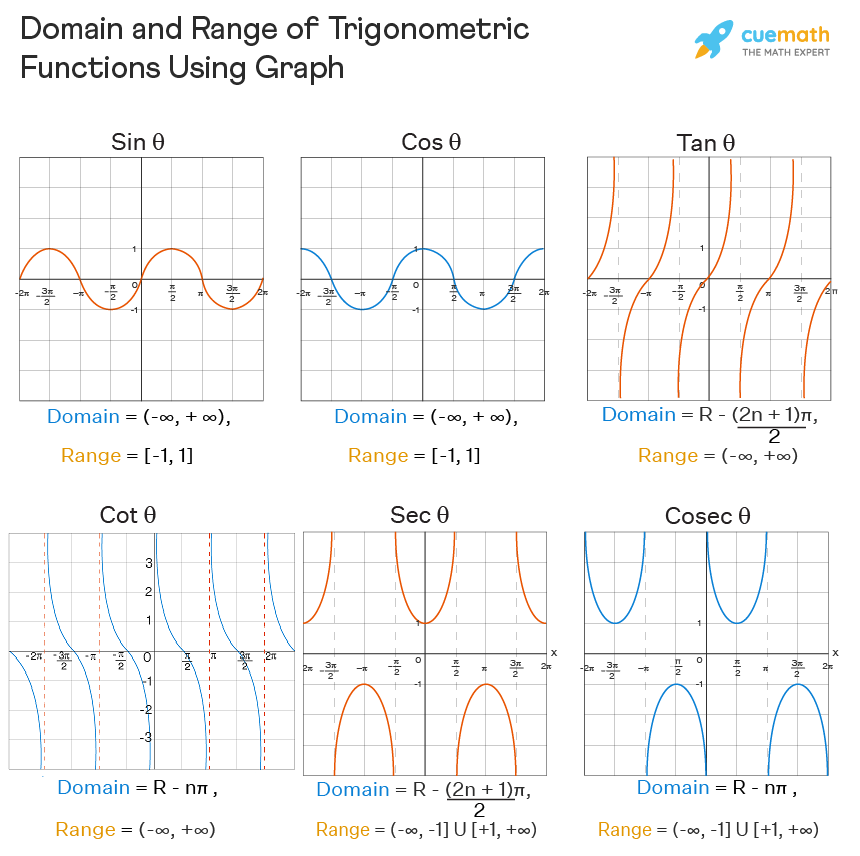
parts of trig function
Amplitude
period
v shift
scale
phase shift(C/B)
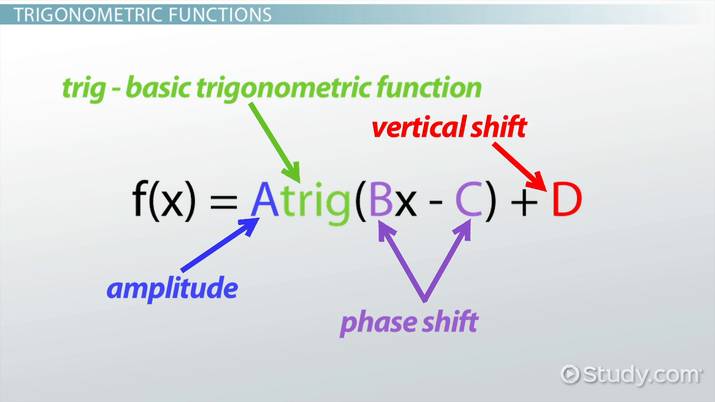
pythagorean Identity
sin²u+cos²u=1
1+tan²u=sec²u
1+cot²u=csc²u
Cofunction identity
relate the values of trigonometric functions for complementary angles (angles that add up to 90 degrees or π/2 radians)
sin(π/2-u)=cos u
tan(π/2-u)=cot u
sec(π/2-u)=csc u
cos(π/2-u)=sin u
cot(π/2-u)=tan u
csc(π/2-u)=sec u
even/odd identity
sin(-u)=-sin u
cos(-u)=cos u
tan(-u)=-tan u
csc(-u)=-csc u
sec(-u)=sec u
cot(-u)=-cot u
sum and difference formula
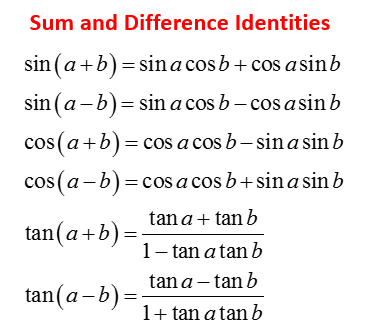
double angle formula
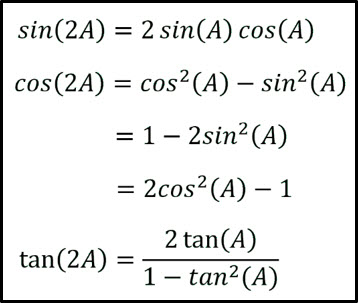
power reducing formula
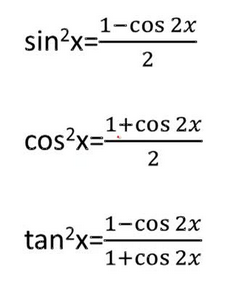
half angle formula
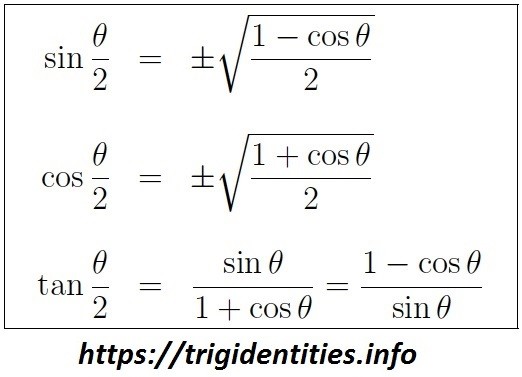
product to sum formula
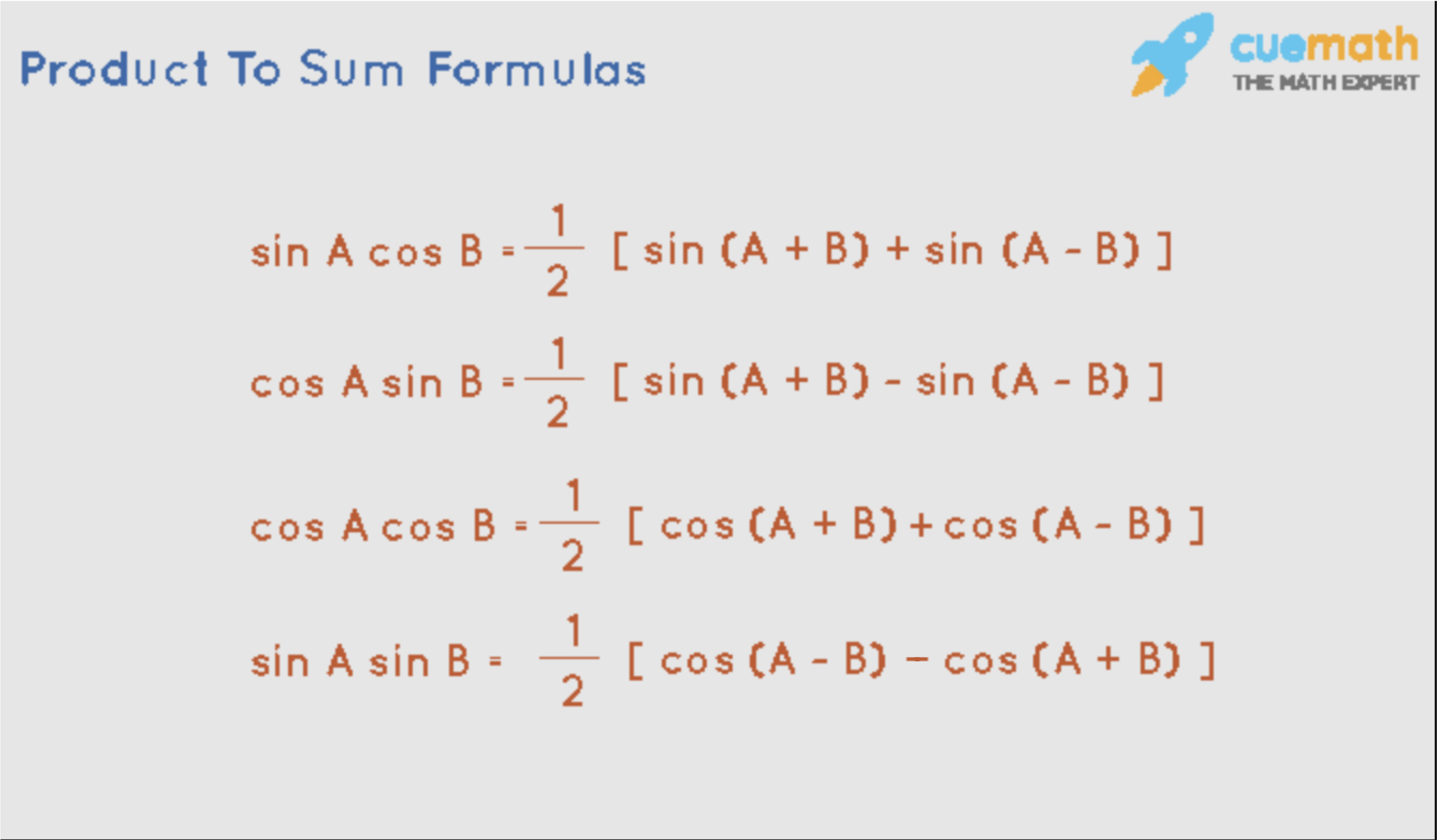
sum to product

law of cosine
*find angle opposite the longest side first
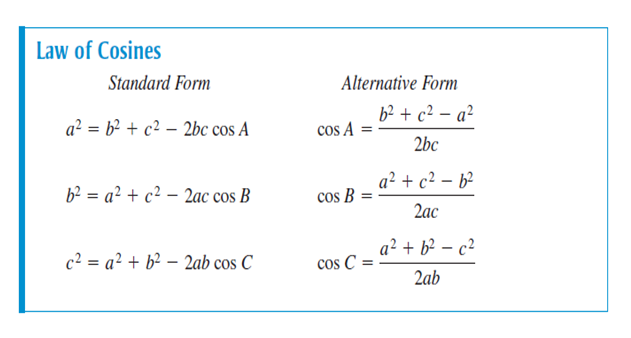
area of a triangle formula
oblique triangle area
= ½ bcsinA
= ½ acsinB
= ½ absinC
Heron’s Area formula
s= (a+b+c)/2
area = √(s(s-a)(s-b)(s-c))
criteria for solving an oblique triangle
use law of sine for
AAS or ASA(results in unique triangle
SSA (can have no such triangle, two distinct triangle, one distinct triangle)
use law of cosine for
SSS
SAS
how do you find the magnitude of a directed line segment
distance formula
d = √((x₂ - x₁)² + (y₂ - y₁)²)
||v||=√(v1)²+(v2)²
what is standard position of a directed line segment
initial point is the origin
component form of vector with initial point P(p1,p2) and terminal point Q(q1,q2)
→PQ=<q1-p1,q2-p2>=<v1,v2>
initial point is at (0,0)
unit vector formula
magnitude of 1
v→/ ||v||
v→=vector
||v→||= magnitude
ex.
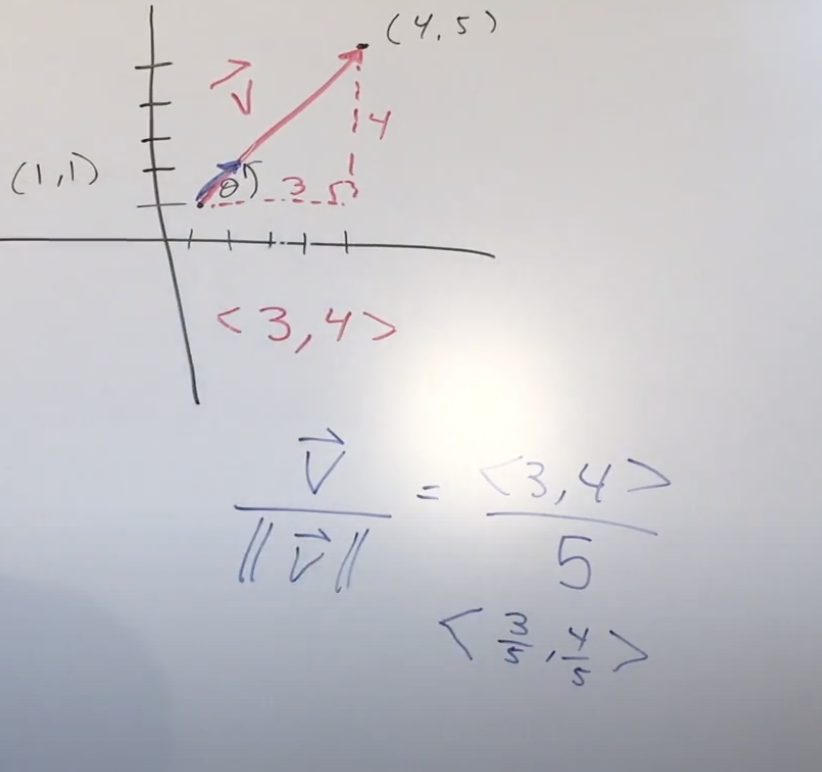
standard unit vectors
i=<1,0>
j=<0,1>
horizontal and vertical components of v
dot product
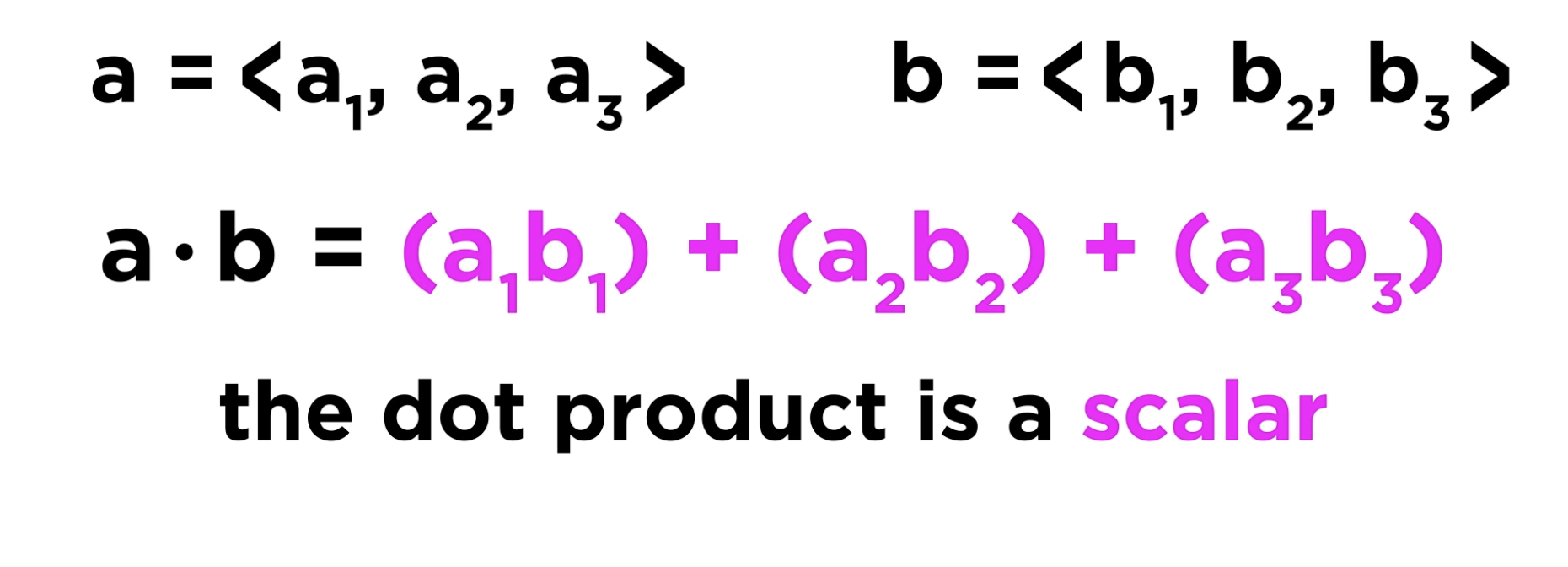
how do you find the angle between 2 nonzero vectors using dot product
the angle is between 0 and pi
denominator is magnitude

orthogonal
when dot product of a and b equals 0
a*b=0
the vectors form a 90º angle
0 vector is orthogonal to every vector
how to find the direction angle of a vector
θ=tan^-1 (y/x)
tanθ=(y/x)
angle is measured clockwise from positive x-axis
remember to draw the vector because calc may give wrong answer because tangent inverse is restricted from pi/2 and -pi/2 or -90º to 90º
parabola equation
vertex form
y = a(x - h)² + k
standard form
y = ax² + bx + c
equation of a circle
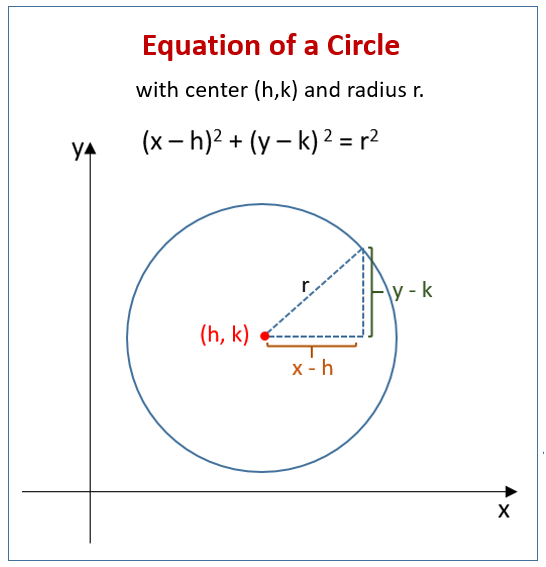
how do you find the focus and directrix of a parabola
p= distance from vertex to focus = distance from vertex to directrix
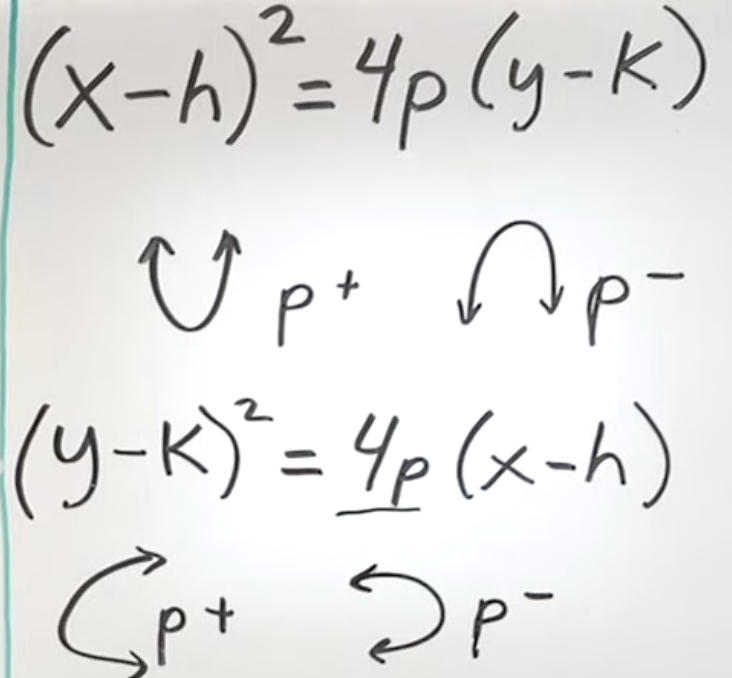
ellipse formula and graph
c is distance from center to focus
c²=a²-b²
e is eccentricity (how round)
e=c/a 0<e<1 closer to 0 is closer to a circle
a² is the larger denominator
if a is under y, its longer in the y axis,
if it is under x, its longer in the x axis
vertices are found by adding a and b values to the center
end points of major axis are called vertices
endpoints of minor axis are the co-vertices

summation notation(sigma notation) and example
I=index of summation (does not have to be i)
n=upper limit of summation
1= lower limit of summation(doesn’t have to be 1)
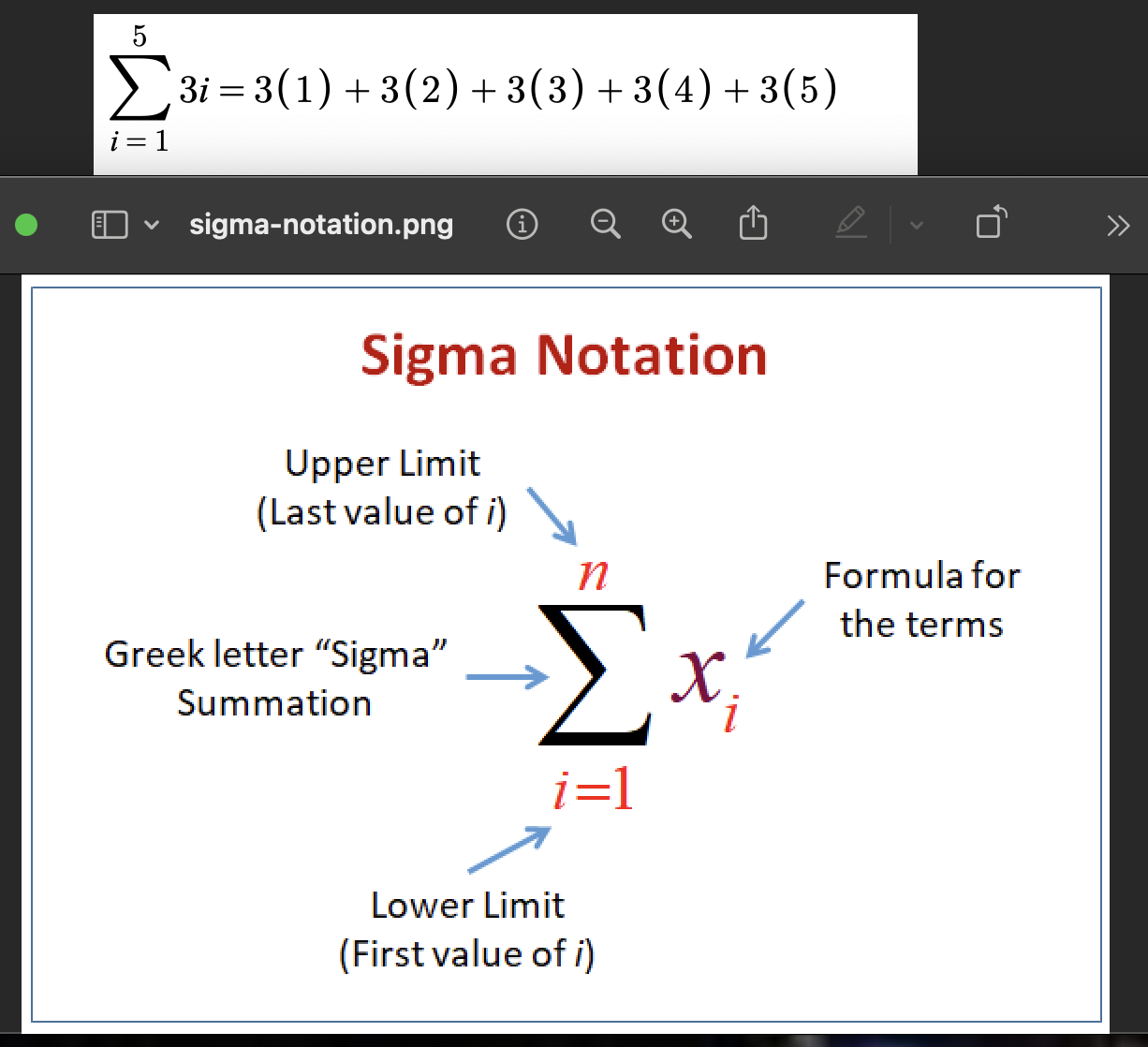
series
sum of terms in a finite OR infinite sequence
finite series or partial sum and notation
sum of first n terms of a sequence

infinite series and notation
sum of all terms of an infinite sequence

arithmic sequence
a sequence with a common difference
an=a1+(n-1)d
d=common difference
a1= first term of the sequence
sum of a finite arithmetic sequence
Sn=n/2(a1+an)
Sn=sum of a finite arithmetic sequence with n terms
geometric sequence
terms have a common ratio, r
r= a2/a1=a3/a2=a4/a3=…
an=a1rn-1
sum of finite geometric sequence when cannon ration is not 1

infinite geometric series or geometric series
if |r|<1, then the infinite geometric series has the sum
(picture)
if |r| ≥ 1, the series does not have a sum
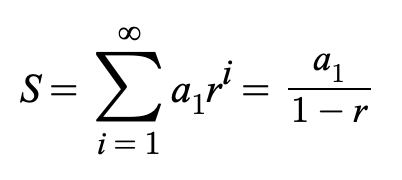
permutation
ordering of elements
number of permutations of n elements is given by
n(n-1)…4×3×2×1=n! (there are n! ways for n elements to be ordered
the number of permutations of n elements taken r at a time
nPr=n!/(n-r)!
n=number of elements
r=how many of the elements are taken at a time
distinguishable permutations
n! / n1!*n2!*n3!…nk!
ex.
banana’s letters can be arranged 60 ways
6 letters
3 a
2n
1b
6! / 3!*2!*1! =60
combinations
order of elements does not matter
number of combinations of n elements taken r at a time is given by
nCr= n! / (n-r)!r!
when does the limit not exist
when the left and right behavior don’t agree ex. one is negative, the other is positive
when f(x) increases or decreases without bounds
oscillating behavior between tow fixed values
what do you do when you get the indeterminate for when finding the limit
0/0 can be obtained with direct substitution, in that case, rationalize by multiplying both the numerator and the denominator by the conjugate of the numerator
derivative
derives the slope of the graph of f at a point (x,f(x))
denoted f’(x) “f prime of x”
or dy/dx, y’, d/dx[f(x)], and Dx[y]
f’(x) = lim_h→0 (f(x+h) - f(x)) / h
ex.
f(x) = 3x2-2x
= 6x-2
h=change in x / change in y
right side of the equation is called difference quotient
only works if the limit exists
what is the derivative of a constant
0